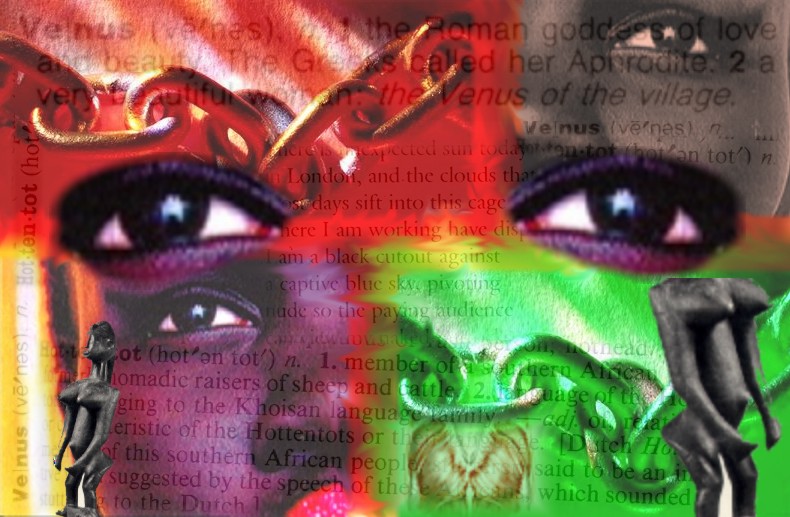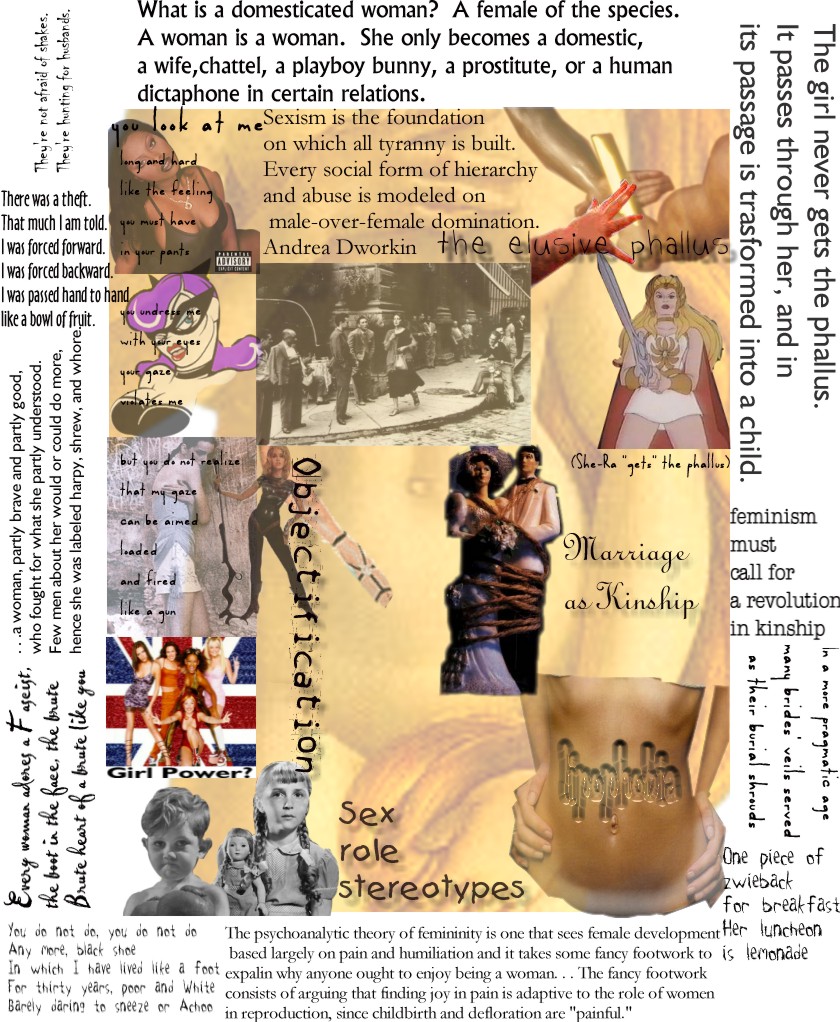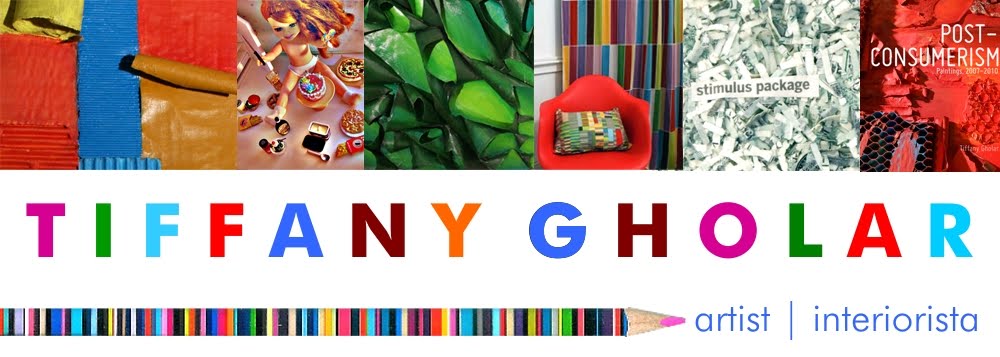Here is an excerpt from The Doll Project, which is now available for sale on Blurb (softcover, hardcover, and iPad editions) and Etsy (PDF).
INTRODUCTION
I have always been a Barbie girl. My fondest memories of my childhood in the 80's involve playing with my magnificent three-story Barbie townhouse with the yellow elevator. Between the ages of four and ten years old, whenever anyone asked me what I wanted for my birthday or for Christmas or Easter, my answer was the same: I wanted another Barbie. My numerous dolls, some contemporary, others the formerly beloved ’60s- or ’70s-era playthings of older cousins, became the cast of characters in my elaborate miniature dramas. They were whoever I wanted them to be, not just trapped in the roles predetermined by the little stories on the backs of the pink boxes they came in. I pretended that my Barbies were doctors, detectives, artists, rock stars, reporters, athletes, actresses, jewel thieves, teachers, social workers, and lawyers. They fell in love, got married, adopted smaller dolls like Strawberry Shortcake and the girls from Rose Petal Place, or teamed up with my little brother's larger action figures to fight crime. My desk became a Barbie hospital where a team of Barbie surgeons worked hard to reattach the heads and limbs of dolls that my cruel or careless playmates had broken and to cure the disease that afflicted the hollow-bodied generic Barbie clones, removing the loose pieces of plastic that rattled around inside them. My middle dresser drawers were Barbie apartments, and the rest of my bedroom was an imaginary Barbie town.
Playing with my dolls was about so much more than fashion and putting together cute outfits. It was a window into adulthood, allowing me to envision what it would be like to have a career and a home of my own. I was never interested in playing with baby dolls because the stories I could tell with them were so limited. But the adventures I could imagine for my Barbie dolls seemed endless.
But as I got older, I felt betrayed by Barbie. Growing up wasn't nearly as glamorous or fun as she and Skipper had made it seem. They didn't have to worry about maxi pads or tampons, which came in hot pink packaging that reminded me of the dolls I used to love. I didn’t realize that the big, beautiful Barbie bustline I coveted and hoped to have someday was more than just something to fill out an elegant strapless gown, but also could be fraught with pain and malignancies and could attract lewd comments from boys and inappropriate attention from dirty old men. Their unblemished plastic faces would never get pimples. And Barbie’s and Skipper’s painted-on smiles did not belong on the faces of women who endured cramps or hormonal mood swings. Barbie’s beauty has always been a blessing and not a curse, her hyper-feminine physique an asset and not a liability. Barbie made puberty and womanhood seem so effortless, but after she betrayed me, I developed an aversion to all things pink. The last toys I played with were Teenage Mutant Ninja Turtle action figures.
Years later, as a young adult, I revisited my old Barbie collection. I also began going to toy stores again, finding myself wandering through the pink fashion doll aisle I had once so despised. I began to buy new clothes for the old dolls I decided to display in my new apartment. Then, when I got engaged, I bought a few more dolls to dress in wedding gowns and tuxedos, planning to display them at my wedding or reception.
As a young woman dealing with my own issues of body image, I began to look differently at Barbie dolls. I began to wonder whether my re-emerging interest in fashion dolls was a good or a bad thing. And the more I confronted my own disordered patterns of eating and exercise, the more I realized the extent to which societal pressure to conform to such stringent standards was the real issue I was facing.
I began a radically unconventional process to overcome my issues, educating myself as much as I could with thought-provoking books and articles and finding an eclectic group of supporters online. But as I recovered, I was saddened to discover that there was another community online, one that would rather celebrate and encourage eating disorders than fight them.
A few years later, while in graduate school for painting, I took an art history class about Native American work. Learning about the Kachina dolls of the Hopi tribe and how they embody the highest ideals of their society made me wonder what our own modern-day Kachinas would look like. During this time I was also working for a nonprofit that provides mentoring for teenage girls. As I was proofreading the curriculum, a unit on media literacy caught my attention. This collision of ideas led to The Doll Project.
I first became familiar with doll photography as a genre through the work of Gina Gershon and her charming book of pictures of a saucer-eyed, large-headed 1970s fashion doll called Blythe. I also looked at the work of Laurie Simmons. I had on display in my apartment a miniature print of one of her photos, which adorned the collectible Kaleidoscope House dollhouse that she helped design. And I had already begun to follow Flickr groups in which fellow fashion doll collectors were posting their photos. All of these things informed the aesthetic of The Doll Project, as I studied the technical aspects of the photos and considered the approach I would take. I felt somewhat nervous about embarking upon this project because I had gotten such bad grades in the one photography class I took in college. Fortunately, I found digital photography much more forgiving than the 35-millimeter film I had worked with so many years before.
During my first year as an undergraduate at University of Chicago, I took a humanities course in which we had the option of creating collages instead of writing midterm and final papers about the texts we read. My collages gave me an outlet for my creativity, which I desperately needed since I was not yet enrolled in any art courses. They also helped me hone my skills in creating a visual language and symbolic vocabulary for complex concepts and ideas.
 |
| Venus Hottentot Montage | digital collage | 1997 |
 |
| Traffic in Women Montage | digital collage | 1997 |
Even then, the pieces that resonated with me the most were those that were concerned with the way women are portrayed. During my undergraduate film classes, I had heard about Todd Haynes's Superstar: The Karen Carpenter Story, a docudrama using customized Barbie dolls to re-enact parts of Karen Carpenter's life and death from anorexia, which I eventually watched while working on this project.
When choosing the dolls I would use for these photographs, I wanted to make sure to include dolls that represented women and girls of various ages and different racial backgrounds. I also wanted to use dolls and accessories that were mass-produced, rather than making my own. The only exceptions are the "Please don't feed the models" and "I am beautiful" t-shirts, which were handmade by two doll clothing artisans who sell their work on Etsy. Only two of the dolls in the project have had their faces customized: the Latina Mia doll (because Mattel did not make a Latina Wee Three Friends doll) and the breast cancer survivor doll for the “You are beautiful, too!” poster. At the time of publication, despite numerous petitions, Mattel has yet to create any chemotherapy dolls, though interestingly enough, MGA, the company responsible for the Bratz dolls, has.
In using commercially made toys for this project, I intend to evoke a sense of familiarity and nostalgia in viewers, inviting them to take a closer look. The Doll Project invites viewers to take a closer look at the world around them as well. My intention is not to tell anyone what to think, but to encourage people to think for themselves, question the images they may have taken for granted in fashion and beauty ads, and create their own more inclusive standards of beauty.

No comments:
Post a Comment